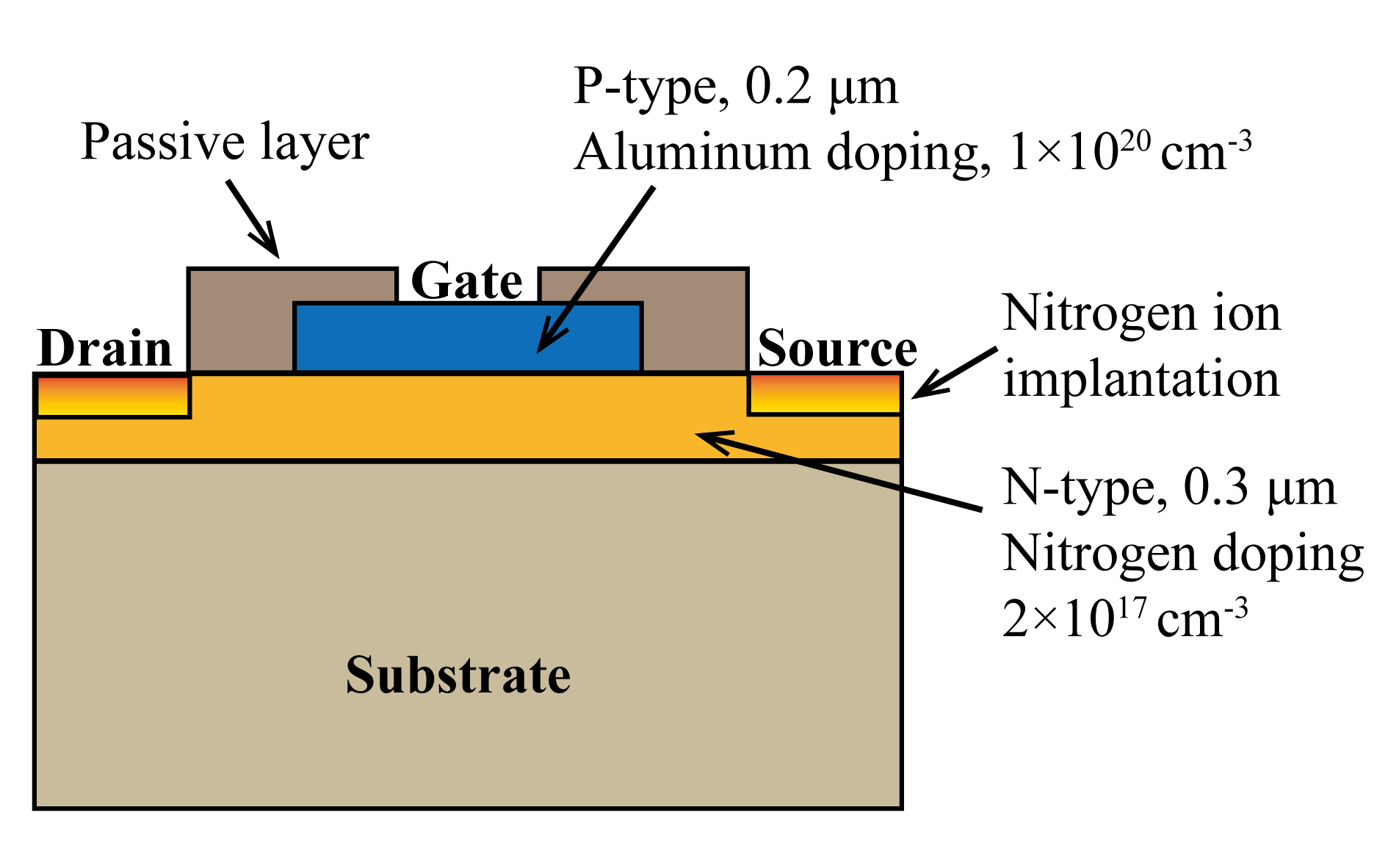
In a paper published in IEEE Transactions on Nuclear Science, a research team from Hefei Institutes of Physical Science (HFIPS) of Chinese Academy of Sciences (CAS) proposed a new strategy in high-temperature radiation detection systems. They have developed a new amplifier for these systems by replacing traditional silicon with silicon carbide (SiC).
"Our approach offered superior temperature stability and a wider operating temperature range," said ZHANG Rui, member of the team.
Radiation detectors employing wide-bandgap semiconductors offer advantages, including high-temperature resistance, radiation resilience, and low noise. Due to the weak signal of semiconductor detectors, it needs to be integrated with front-end electronic circuits, such as preamplifiers, for optimal measurement results. However, the limitation of silicon-based electronics in withstanding high temperatures restricts the practical utility of wide-bandgap semiconductor detectors in elevated temperature environments.
Dr. ZHANG explained the process in detail. They evaluated the amplification performance and output noise characteristics of silicon carbide junction field effect transistors (SiC-JFET) under high-temperature conditions. By analyzing the noise contribution of input transistors in the preamplifier, they identified the impact of temperature changes on noise characteristics. Using the TCAD simulation method, they compared the electrical characteristics and output noise of Si and SiC-based JFETs at different temperatures, providing insights into performance variations and underlying physical mechanisms.
The researchers found that SiC-JFET demonstrated consistently lower gate leakage current compared to Si-JFET, making it less noisy when utilizing identical structures. “The advantage is lower noise, said Dr. ZHANG, “ and this is more evident at elevated temperatures surpassing 324 K or when using shaping times greater than 3.5 μs.
These findings highlight the feasibility and performance advantages of SiC semiconductors in manufacturing high-temperature-resistant and low-noise front-end nuclear electronics, according to the team.

TCAD simulation model of SiC-JFET (Image by ZHANG Rui)

The main characteristics of SiC-JFET are less affected by increasing temperature (Image by ZHANG Rui)